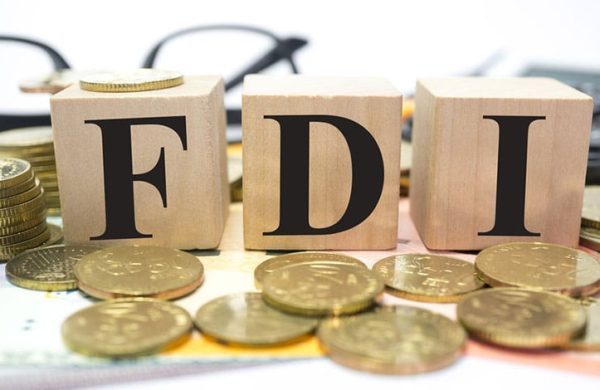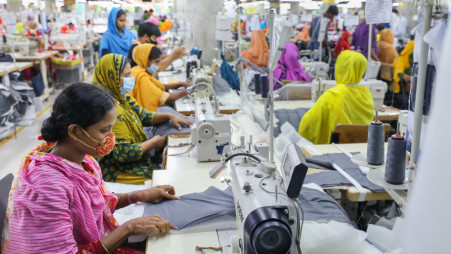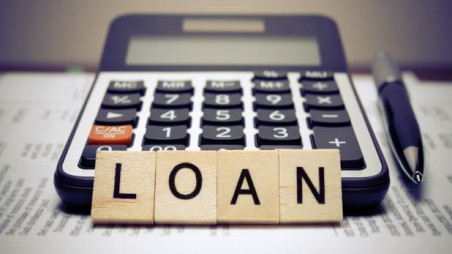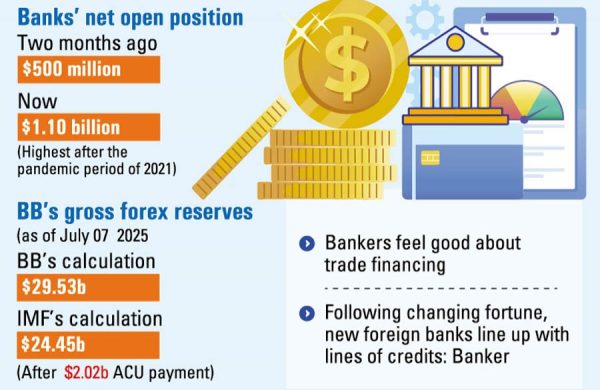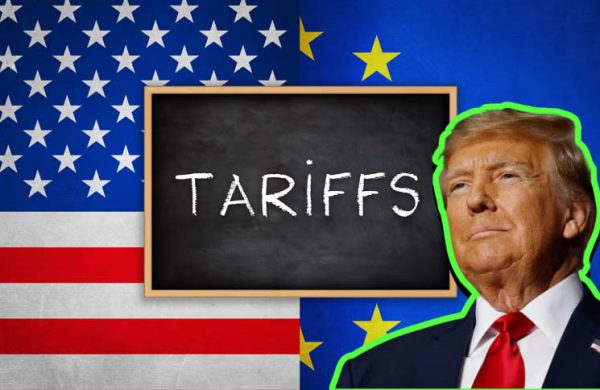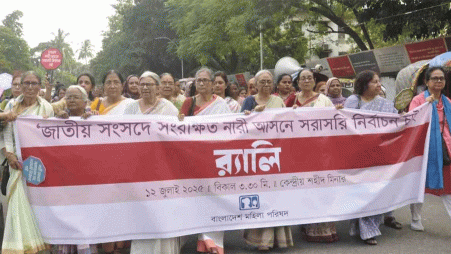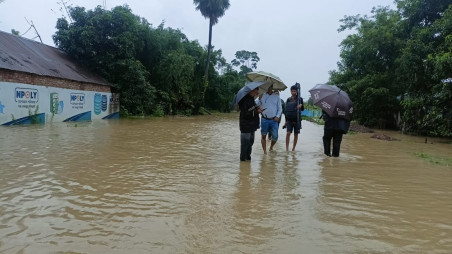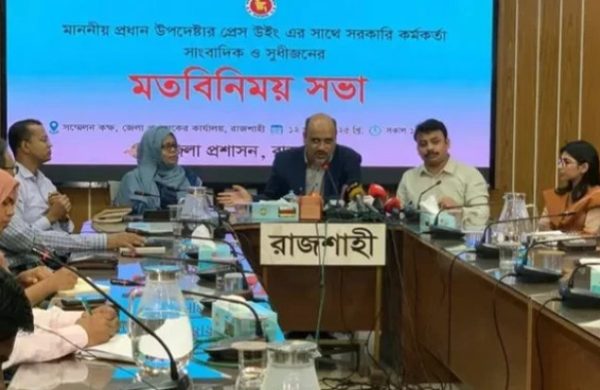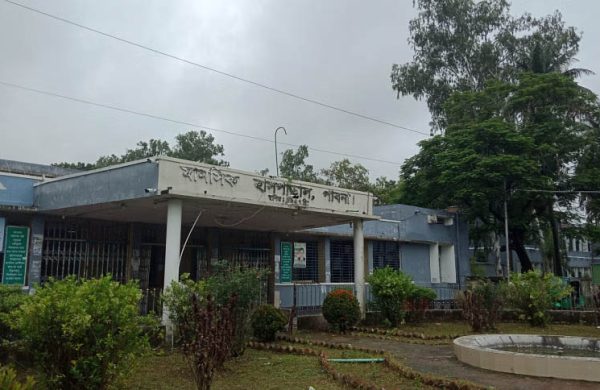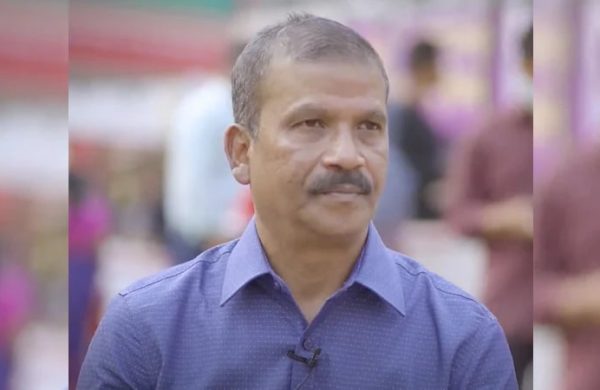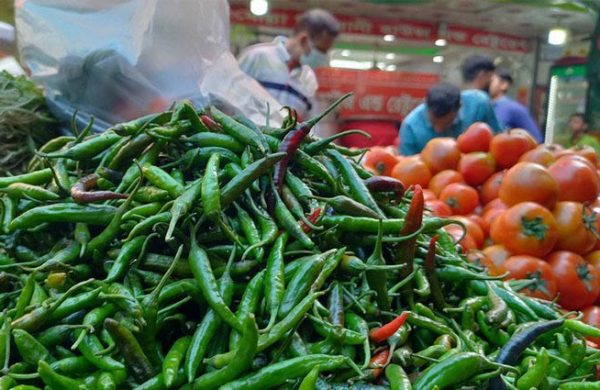BD sees record remittances $30.32b
- Update Time : Saturday, July 12, 2025
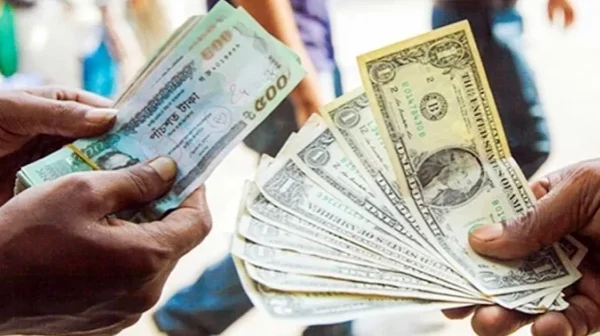
Staff Correspondent:
Bangladesh recorded an all-time high of US$30.32 billion in remittance inflows in the 2024–25 fiscal year, reflecting a 26.8% year-on-year jump, due to some government measures including higher cash incentives, streamlined regulations, and efforts to boost formal transfer channels.
According to the Finance Division’s medium-term macroeconomic policy statement, the unprecedented rise in remittance inflows—peaking at US$3.29 billion in March 2025—was largely driven by policy interventions such as an enhanced 2.5 percent cash incentive, simplified regulatory processes, and formal recognition of remitters’ contributions.
The government has also taken visible steps to improve the experience of overseas workers, it said.
In November 2024, it inaugurated the ‘Probashi Lounge’ at Hazrat Shahjalal International Airport, offering modern facilities including comfortable waiting areas, subsidized food, prayer rooms, and baby care services.
These initiatives aim to foster a sense of respect and privilege for expatriate workers who are a critical part of the national economy.
“Finally, following the introduction of the crawling peg exchange rate regime, the gap between the official exchange rate and the curb market rate has significantly narrowed and exchange rate remained stable, resulting in a more remittance inflows over the past several months,” the document claimed.
The Bureau of Manpower, Employment and Training (BMET) and the Ministry of Expatriates’ Welfare and Overseas Employment (MoEWOE) played a crucial role in promoting overseas employment for skilled Bangladeshi workers.
Progress has already been made through initiatives like Skills For Employment Investment Program (SEIP) and Skills for Industry Competitiveness and Innovation Program( SICIP), while the government continues to focus on creating new employment opportunities and improving labour market conditions.
Expatriates sent a record US$30.32 billion in remittances in the just-concluded 2024-25 fiscal year, marking a 26.8 percent year-on-year increase from the US$23.9 billion received in FY2023-24 and it was the highest annual remittance inflow in the country’s history.
In June 2025 alone, the remittance inflow stood at US$2.81 billion, an 11 percent rise compared to US$2.53 billion in June 2024.
The highest single-month remittance in FY2024-25 was recorded in March, when inflows surged past the US$3 billion mark, driven by Eid-ul-Fitr-related transfers.
This not only marked the peak for the fiscal year but also set a new monthly record for Bangladesh.
Banking sector insiders attributed the surge to a growing preference among expatriates for using formal banking channels over informal ones such as hundi.
They believe the positive trend will help ease pressure on the country’s foreign exchange reserves and support import payments.
Jianul Islam, a Bangladeshi expatriate living in Middle Eastern country, said, “The expatriates are now feeling comparatively comfortable to send their money in the country due to some steps of the interim government.”
“The process has been eased and we feel encouraged to send our money to our nearest ones through proper channel,” he told UNB over telephone.
He also said that if the process remains easy and the exchange rates remains lucrative there is no reason to send money through illegal channel.
But, he said that as the previous nexus of Hundi traders are absent till now after the change of Awami League government, the remitters are sending money through proper channel having no other option.
He added, “If remitters feel they are respected and provided better services—especially at airports—they will no doubt send more money through proper channels. The government should maintain this stance.”
The inward remittance flow throughout the FY2024–25 showed a steady upward trend, with monthly figures as follows: US$1.91 billion in July, US$2.22 billion in August, US$2.40 billion in September, US$2.39 billion in October, US$2.20 billion in November, US$2.64 billion in December, US$2.19 billion in January, US$2.53 billion in February, US$3.29 billion in March—the highest monthly inflow on record—followed by US$2.75 billion in April, US$2.97 billion in May, and US$2.81 billion in June.



